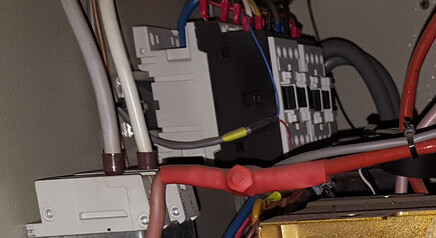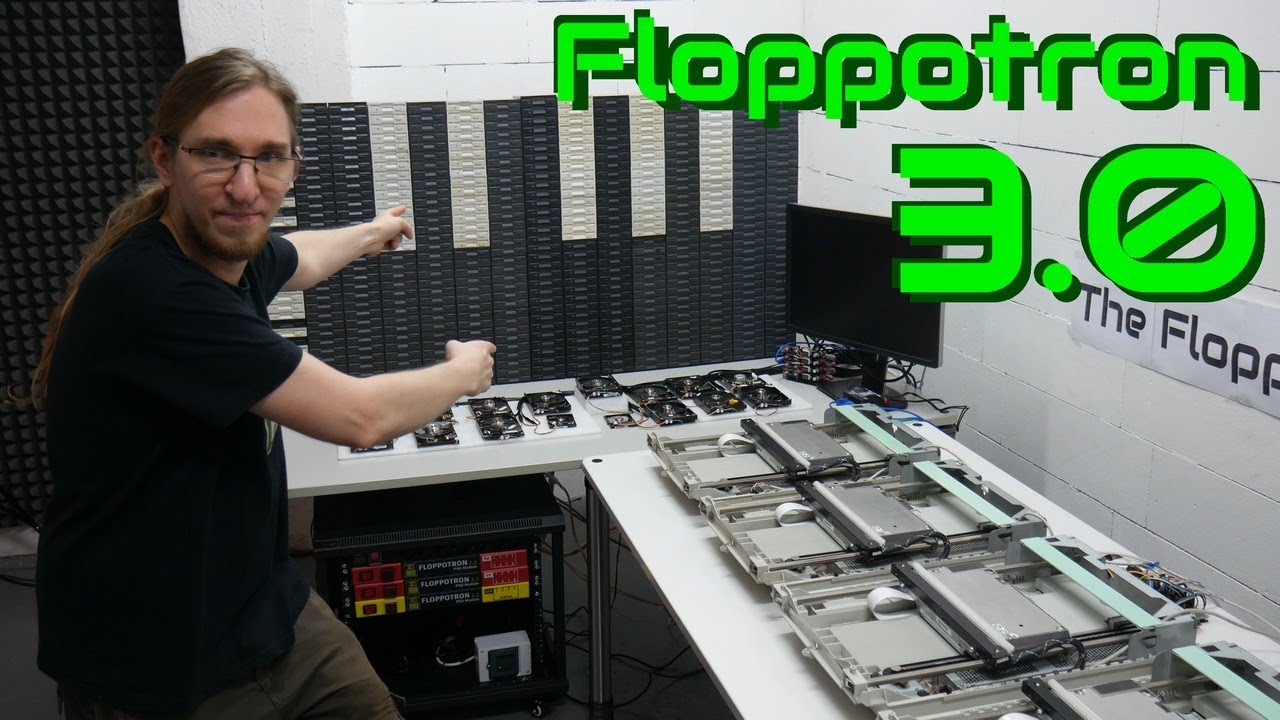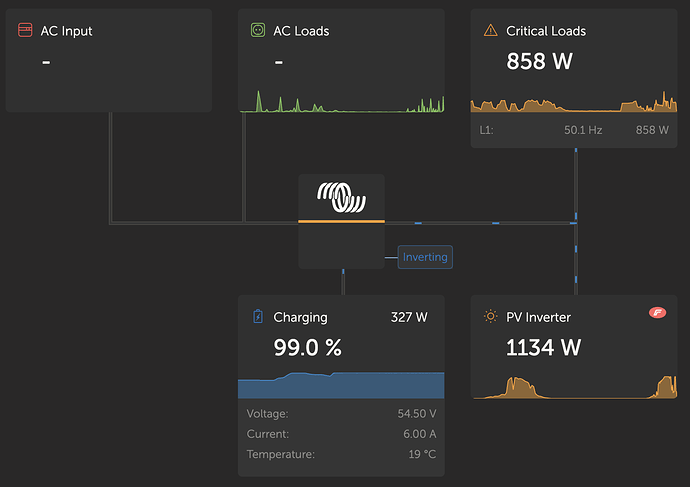The Goodwe is a high-frequency design. One of the more efficient hybrids.
I don’t like the term “transformerless”, which appears in the spec sheet, because it is not true. All inverters with isolation will have one, albeit in this case it is a ferrite core transformer and not an iron-core.
Yeah, turning mine on the first time I also wasn’t expecting it.
Wife gave me a “What did you do?!” look. I was just like “Trust me honey, the band’s gonna make it!” “It’s… ahh… probably doing some test…?”
wait until you make some changes with the assistants, and after applying, the unit does not make the cluck cluck cluck sounds… That when you gets cold and think… wat de m03r…
That sound is now a days a sound of, all is good, and working!!!
except when there is a ground relay fault… another story!!! LOL
hahahahahah!! click click sound, then you need to listen to the MLT when it grid connects. Jy skrik jou gat af!!! It’s adjusted in it’s main settings to connect to the grid 45sec after detecting the grid. It runs two contactors and they loud!!

The way you swoon about the MLT, I would swear that you are married to it.
I actually showed my system to an Australian colleague yesterday (he has a Fronius with no battery) and his immediate reaction was “It’s funny to see that it’s installed inside. Is that because, you know, it will, you know, disappear, if it’s outside?”
Because I don’t moan about the brand, it works and it’s doing a good job. ![]()
If you can’t moan about a brand (this goes for any industry), you don’t know your equipment well enough! Or you overpaid ![]()
hahhahahahahahahah!!! Love the comments you make… Take the age of your inverter “ooooo wait, it’s still a few weeks old” and multiply with a few years on the age of my 8.0H. It’s over 11years old and still going and the 10.0H is going for 10 years now. It’s the old kids on the block you can say.
That’s actually been an interview question I’ve used. When I still ended up in those groups that interviewed new people. The question is: Can you give us 5 reasons why you hate MySQL?
I have like… 9. Because I know the product well.
I have a similar question : What are the downsides to relational DBMS’s?
If you have someone that’s only ever worked with relational DB’s sometimes its the only tool they have in their toolbox and want to solve every problem with it.
@mariusm Here some input and research on the brand by locals, enjoy the reading.
Geez, just think of all the noise from the grad students trampling through my livingroom with an MLT! ![]()
That looks seriously impressive, I would be too intimidated to stick my head into one of those.
Nice little load-shedding screenshot: AC PV going to loads and battery, but backed off a bit since it’s full.
Told the housekeeper to just carry on during loadshedding, let’s see what happens…
The Fronius does not like an iron toggling on and off, that much is true. Took its ball and went home.
Adding the 2kW geyser actually helps, since then it doesn’t overshoot and turn off every cycle. Weird.
Edit: Actually wasn’t the iron… The DVCC setting “Limit Charge Current” was limiting it via grid frequency. Lots of talk in the manual regarding AC-in, but seems to apply to AC-out as well. Too bad.
@plonkster, is this a bug?
No.
The “Limit charge current” feature overrides the limit sent by the battery, but it uses that same mechanism.
In an off-grid system, a limit from the battery still has to be obeyed. Even if the battery is not managed, if it is a lead-acid bank and you have a limit set, it has to be obeyed.
So this is working exactly as intended.
That makes sense, but it’s the opposite of what the manual says:
4.3.9. Limit charge power
This setting limits the amount of AC power used by the Multi for battery charging. The limit also applies to AC power received by the Multi from any grid-tie PV Inverters connected to AC-in.
In other words, this setting limits the flow of power from AC to DC on utilities connected to AC-in.
- This setting does not reduce the charge power coming from MPPT Solar Chargers.
- This setting only applies to utilities connected to AC-in: In inverter mode, the ‘charge-current setting’ - as configured in VEConfigure - is used to control power coming from grid-tie PV Inverters.
^ my bold
So use case for the setting probably changed during development?
Dumb question perhaps, but with this type of microgrid setup is it possible to make sure that charging is optimised to use power from the PV inverter, other than just scheduling it for daytime and hoping for the best?
Aaah I get it. There used to be an old non-DVCC setting called Limit charge Power. It was on the ESS menu, right around where Limit inverter power still is. That settings goes away when you enable DVCC.
Then there is a setting called Limit charge Current. That’s on the DVCC menu.
The former setting does as the manual says. The latter one ties into the same pipeline as the managed battery’s parameters, and does affect charging when off-grid, with the PV-inverter on the output.

